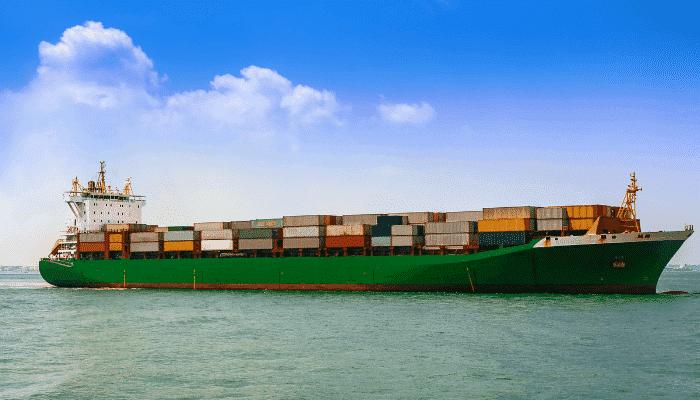What Does Freight All Kinds (FAK) in Shipping Means?
Freight All Kind (FAK) is a classification used by consolidators, freight forwarders, logistics service providers, etc. to quote rates to their customers for Less-than Truck Load (LTL) shipments.
It relates mainly to customers who ship different types of cargo in small quantities, in one lot, that may not necessarily be a Full Truck Load (FTL).
To understand the FAK better, let us first see what the HS is all about. While exporting or importing goods, they are classified according to the Harmonized Commodity and Coding System simply known as the Harmonized System or HS. The HS code helps to determine the correct duties and taxes to be paid to the government by the exporter or importer.

Harmonized codes help analyze and monitor the various trade policies of the government, keep track of its trade quotas, and the movement of controlled goods. It is also used in charging freight rates.
The list of harmonized codes is published by the World Customs Organization (WCO) every 5 years. About 98-99% of merchandise that is traded in the world is covered under the HS.
If we take an example where 3 pallet loads of about 100 different items are to be transported, their classification according to HS codes will be a time-consuming and cumbersome process. It can also lead to invoicing and documentation errors. This is where FAK classification help to simplify the process.
An FAK term negotiated between the customer and the consolidator helps to simplify the freight rate calculation and invoicing process when there are several different types of items. The main carrier may, however, charge its customer based on specific commodities or HS codes.
It may be economical for such customers to transport under the FAK rates even though a minimum charge is fixed by the consolidator.
However, for the different types of goods to qualify under the FAK classification, they have to meet certain criteria. This includes, but is not limited to the following:
The weight and density of the different goods should not vary too much between them.
The products should be more or less of similar dimensions so that they may be stowed properly for shipment.
You might also like to read:
- What is Importer of Record in Shipping?
- What is Ex-Works in Shipping?
- Understanding Block Stowage In Shipping
- What is Freight Collect in Shipping?
- What is Groupage in Shipping?
- 8 Main Factors that Affect Ocean Freight Rates
Disclaimer: The authors’ views expressed in this article do not necessarily reflect the views of Marine Insight. Data and charts, if used, in the article have been sourced from available information and have not been authenticated by any statutory authority. The author and Marine Insight do not claim it to be accurate nor accept any responsibility for the same. The views constitute only the opinions and do not constitute any guidelines or recommendations on any course of action to be followed by the reader.
Do you have info to share with us ? Suggest a correction

About Author
Hari Menon is a Freelance writer with close to 20 years of professional experience in Logistics, Warehousing, Supply chain, and Contracts administration. An avid fitness freak, and bibliophile, he loves travelling too.
Latest Maritime law Articles You Would Like:
Latest News
- What is the Purpose of DG Shipping?
- What are Logistics Risks?
- How Port and Terminal Operators Can Control Emissions?
- Minimum Quantity Commitment (MQC) and Liquidated Damages in Container Shipping: Concept and Relevance
- MARPOL (The International Convention for Prevention of Marine Pollution For Ships): The Ultimate Guide
- The Ultimate Shipping Container Dimensions Guide
Subscribe To Our Newsletters
By subscribing, you agree to our Privacy Policy and may receive occasional deal communications; you can unsubscribe anytime.















